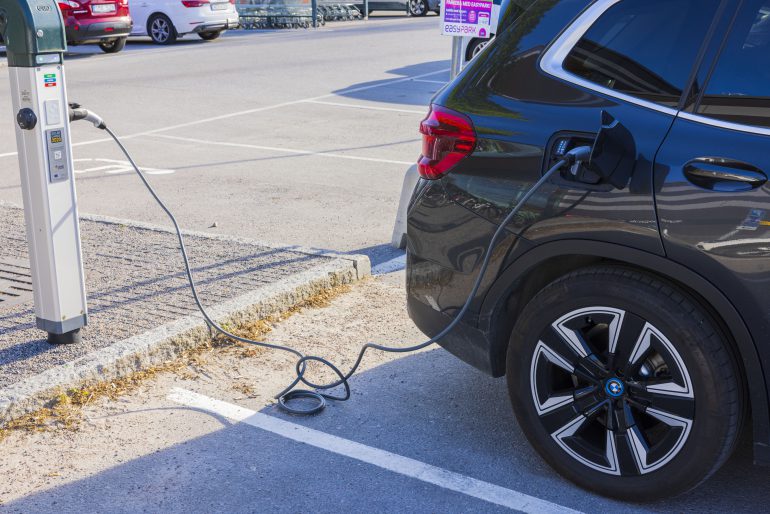There’s a strange dichotomy in the international perception of the Netherlands as a country. People perceive us as being both ultra urbanised and fanatically green; the images of modern cities packed tight with bikes and people hold inherent contradiction: fewer cars must mean less pollution. Compared to London or New York, whose streets are clogged with the lung-coating belch of a million cars, Amsterdam must have air as clean as the Garden of Eden. Yet, the Netherlands has the sixth highest emissions in the EU, and the fierce social backlash against the previous governments nitrogen restrictions for farmers showed that climate change is still a political wedge in the country.
However, a new report from the RAI, the association of mobility in the Netherlands, and BOVAG, the automotive sector association, has shown a marked increase in the number of electric and hybrid vehicles purchased by the Dutch public. The research states that “of the 9.4 million passenger cars registered in our country at the beginning of 2024, more than 1.3 million units are now equipped with a fully electric or hybrid drive. This means that almost 14 percent of the vehicle fleet is partly or fully electrified”.
These encouraging facts are compounded by the news that of the 30,000 cars sold in September 39.9% were fully electric, with another 39.3% were hybrid. This follows on from the 67,695 electric vehicles sold in the country last year, which was even more than Germany, where 63,491 units were sold, despite Germany having 65 million more citizens than the Netherlands.
The electrification of the Dutch vehicle fleet has the potential to expand even further as the Subsidy Scheme Private Charging Infrastructure at Companies began in September. The scheme, funded by the Netherlands Enterprise Agency (RVO), aims to help small and medium businesses increase their electric car infrastructure by building and installing charging points, as well as stationary batteries which help manage grid capacity. Any company that builds this infrastructure for its area or workforce will receive a reimbursement from the scheme’s 42 million budget.
However, these improvements have the potential to collide headfirst with the new government’s anti-climate change policies. Geert Wilders, who despite not being Prime Minister is the undisputed leader of the new right-wing coalition, has a history of consistently opposing any green policies. In 2023 he stated: “We are not climate change deniers. We have a climate change problem, but we cannot solve it in the Netherlands.” And in the party’s manifesto for the European elections, the PVV wrote: “while EU bureaucrats are keeping warm with their generous salaries, Dutch people are literally out in the cold because of the unaffordable energy bill”.
This rhetoric has been reflected in the policy agenda of the new Cabinet. Daytime motorway speed limits, once restricted to 62mph to reduce nitrogen emissions, will now rise to 130km/h “where feasible” (although this turns out to be only on a few motorways). Subsidised “red diesel” will be made available again to farmers from 2027, some manure-related pollution rules will be removed, and the coalition wants to avoid mandatory animal farm closures. Heat pump installation targets will be dropped, and four new nuclear power stations are proposed.
The Dutch public are clearly moving towards an electric vehicle future, and in 2025 no new diesel vehicles will be allowed to be registered in Amsterdam. However, the country is now governed by a reactionary cabinet run by a man who doesn’t believe that any action should be taken about the climate emergency. How these two contradictory movements will coexist with each other will be an interesting element of the next years of Dutch politics.
Written by James Turrell
